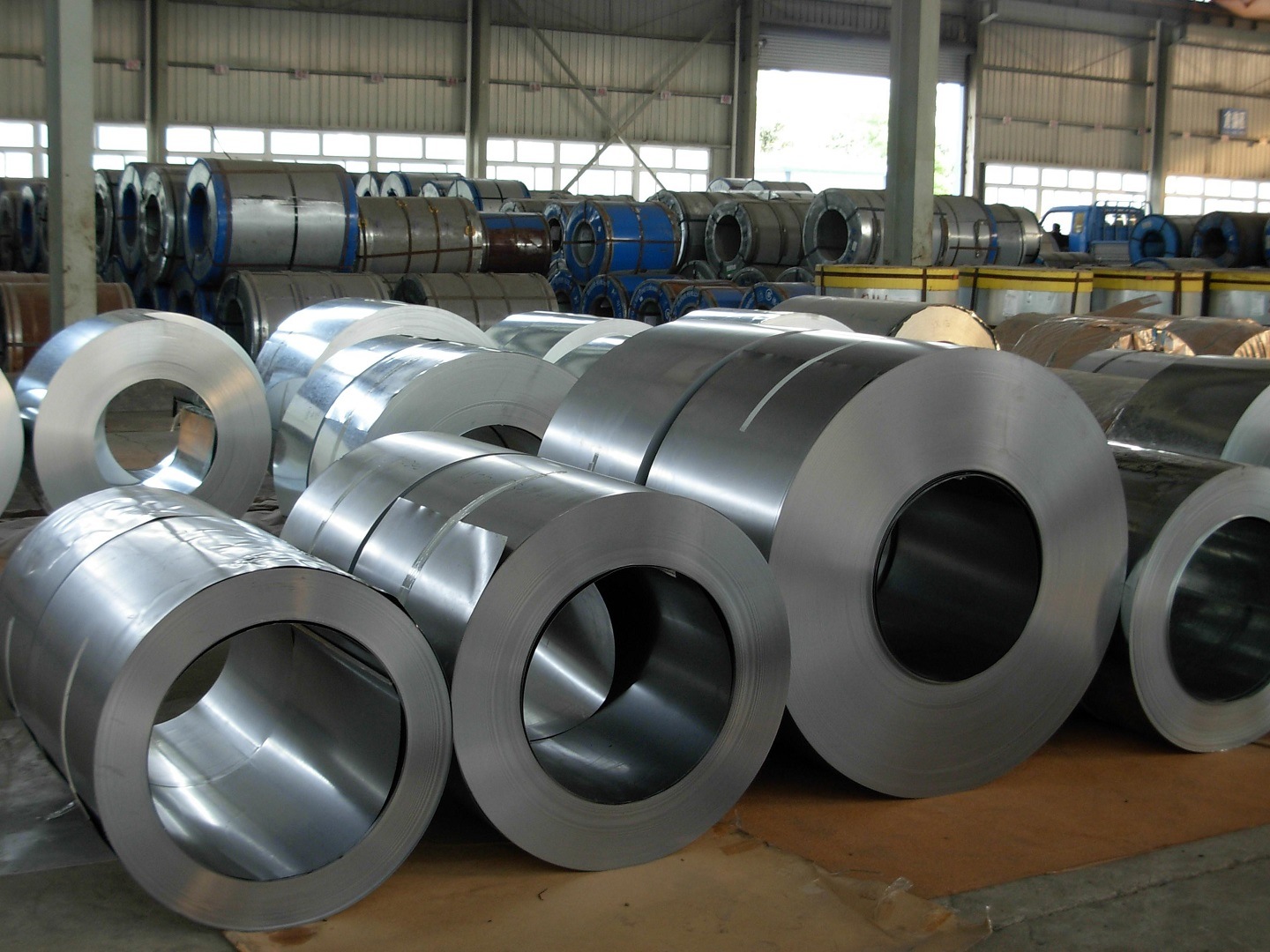Choosing the Right Grade of Stainless Steel Coil Sheets: A Guide
Stainless steel coil sheets are a form of steel that has a minimum of 10.5% chromium content. This alloy is highly resistant to corrosion and staining. Because of these properties, stainless steel coil sheets can be found in a variety of industries, including construction, automotive, and food processing. But with so many grades of stainless steel available, selecting the right grade for your application can be challenging. That’s why we’re providing you with a comprehensive guide to selecting the right grade of these sheets.
Consider the Application
The first step in selecting the right grade of ss coil sheets is to consider your application. Different grades of stainless steel are design to withstand different levels of corrosive environments. So, if your application involves exposure to high levels of corrosive chemicals or saltwater, you’ll need a higher grade of stainless steel, such as 316. On the other hand, if your application doesn’t involve exposure to corrosive environments, you may be able to select a lower grade of stainless steel.
Check Out Strength and Ductility
Another factor to consider when selecting the right grade of stainless steel coil sheets is their strength and ductility. Stainless steel can be made stronger by adding alloys such as nickel and chromium. However, the more alloys added to the stainless steel, the less ductile it becomes. In simple terms, ductility refers to how well a material can be stretch or bent without breaking. So, if your application involves forming or bending the stainless steel coil sheets, you’ll need to select a grade that’s both strong and ductile, such as 304.
Know Your Options
There are over 150 grades of stainless steel, with varying degrees of strength and corrosion resistance. Some of the most popular grades include 304, 316, 430, and 201. 304 stainless steel is the most commonly use grade of stainless steel due to its excellent corrosion resistance and ductility. Meanwhile, 316 stainless steel offers superior corrosion resistance and strength but may be more expensive. 430 is a ferritic stainless steel that’s often use in automotive trim, and 201 is a lower-cost alternative to 304.
Understand Surface Finish
Another factor to consider when selecting the right grade of stainless steel coil sheets is the surface finish. these sheets can be finish to a variety of levels, from a simple mill finish to a highly reflective mirror finish. The surface finish can impact the corrosion resistance, appearance, and cost of the material. For example, a mirror finish is more costly but also provides superior corrosion resistance and a more attractive appearance.
Work with a Reputable Supplier
Finally, when selecting the right grade of stainless steel coil sheets, it’s essential to work with a reputable supplier. Not only can a supplier provide you with high-quality stainless steel at a fair price, but they can also offer guidance and advice on the best grade for your application. Make sure your supplier has a history of working with stainless steel and is knowledgeable about the different grades and properties.
Conclusion:
Selecting the right grade of these sheets can be challenging but is essential for ensuring your application’s success. By considering factors such as the application, strength and ductility, available options, surface finish, and working with a reputable supplier, you can make an informed decision about the best grade of stainless steel for your needs. Whether you’re involve in construction, automotive, or food processing, there’s a grade of stainless steel coil sheets that’s right for you.












Post Comment